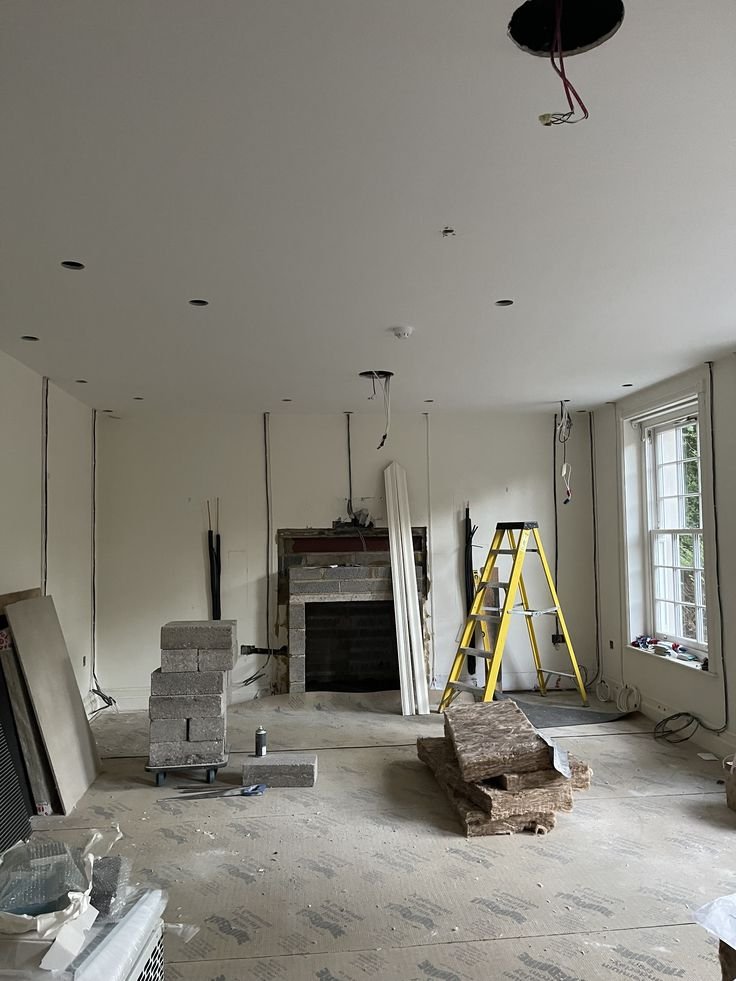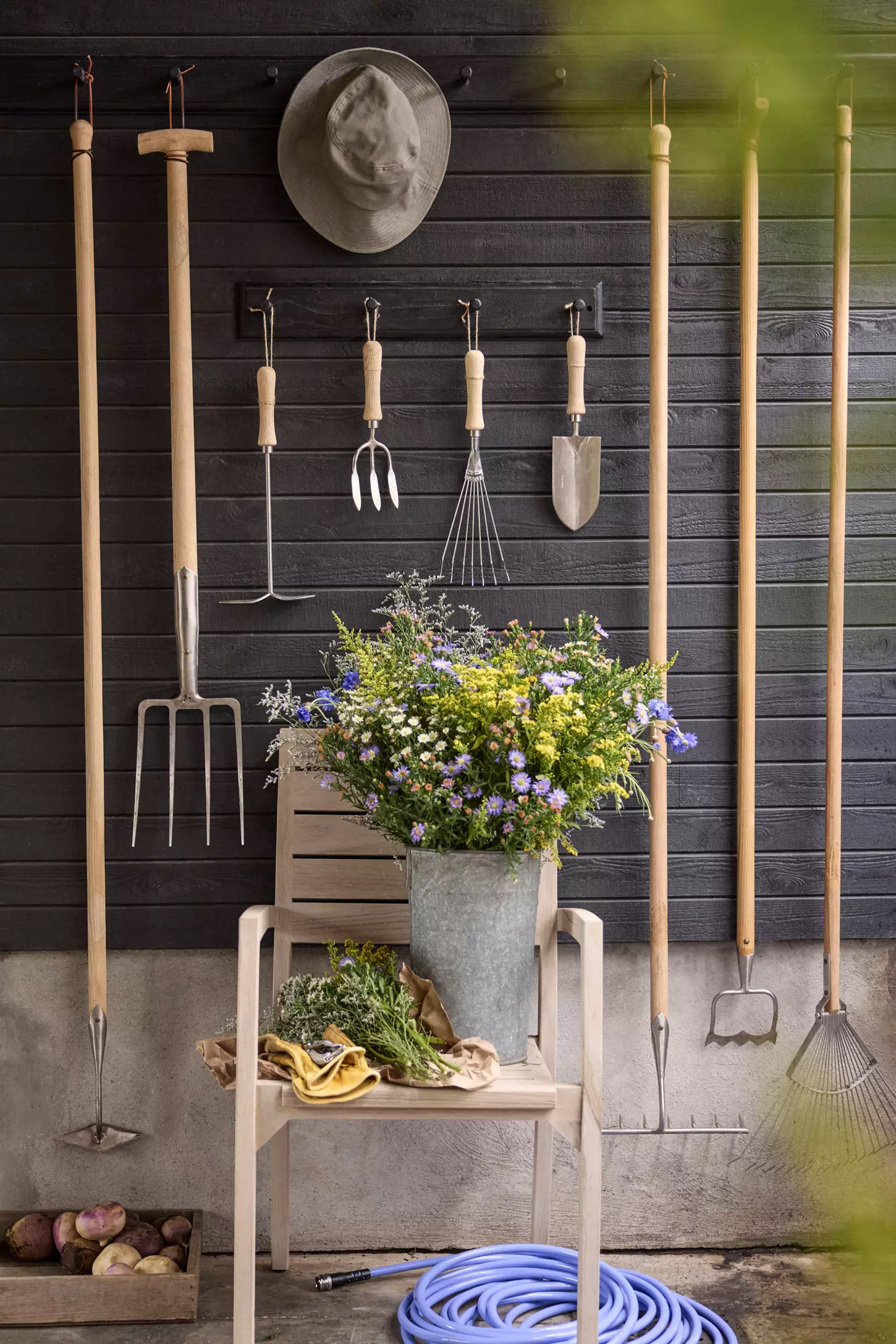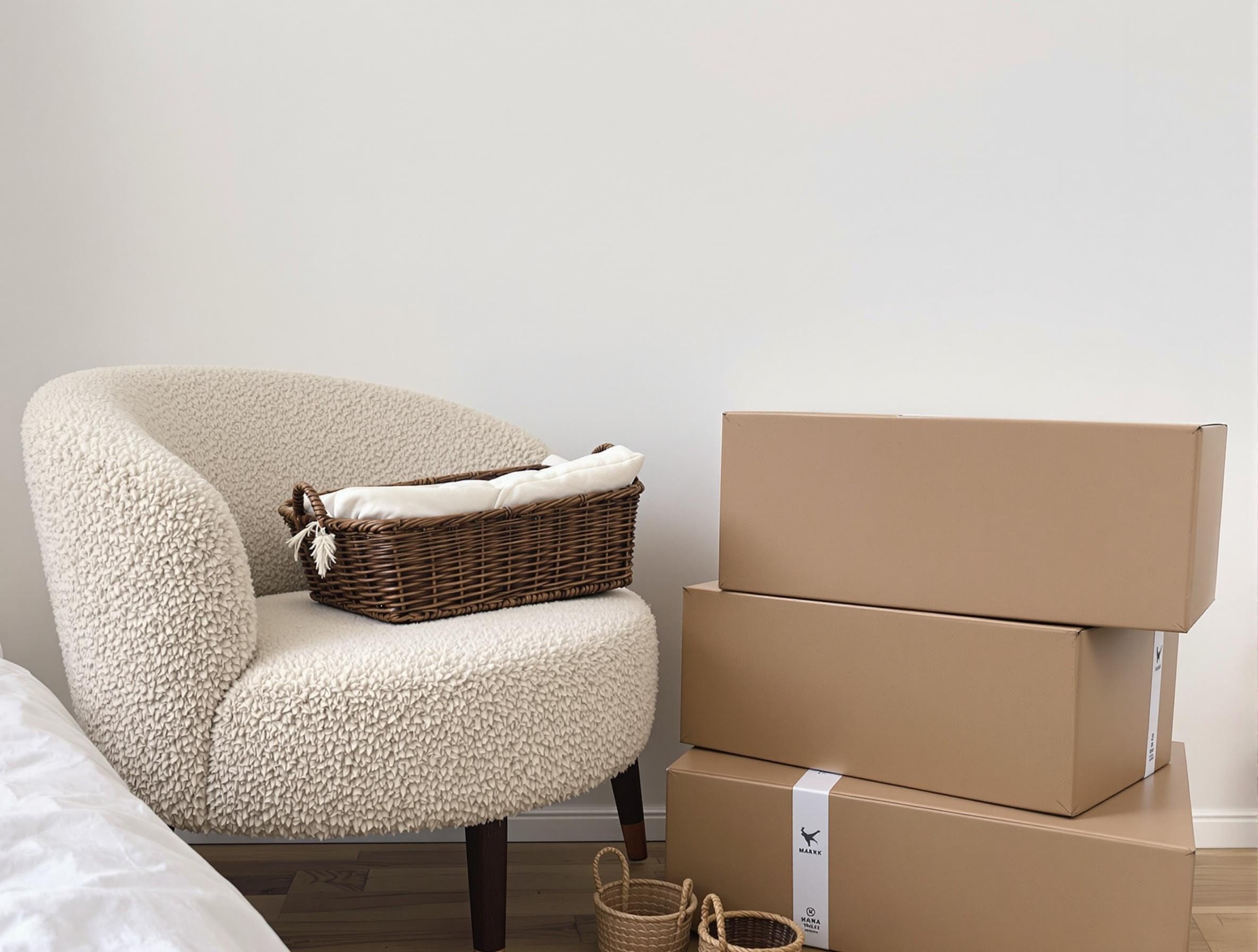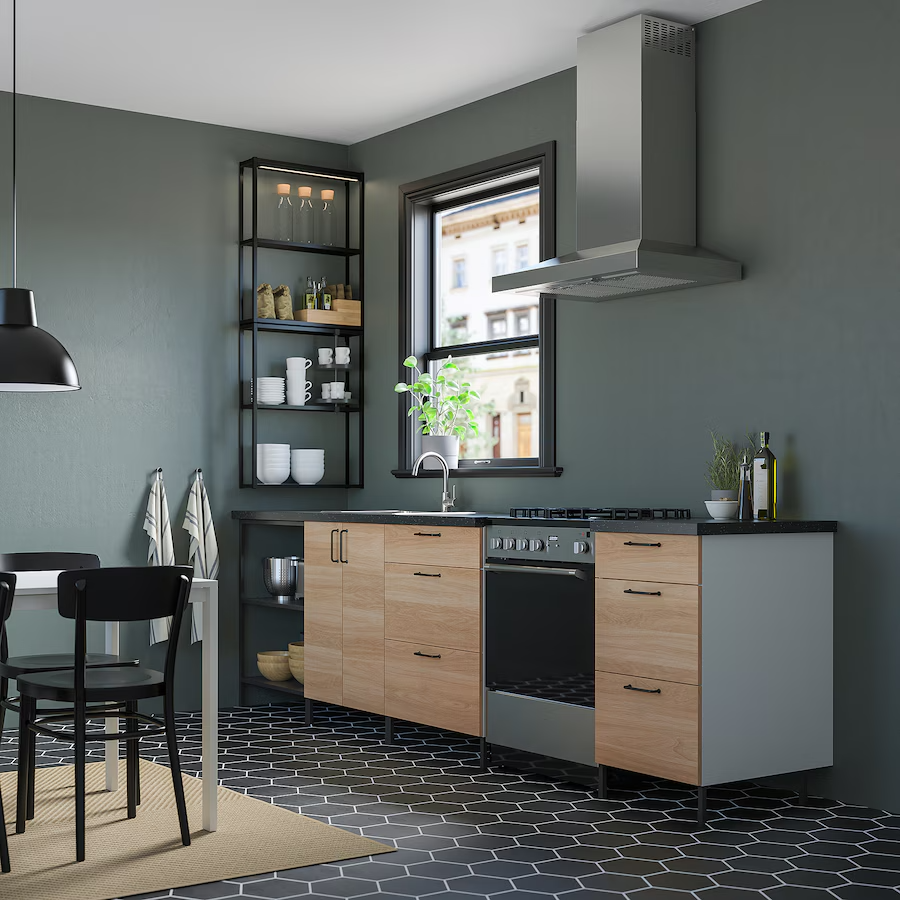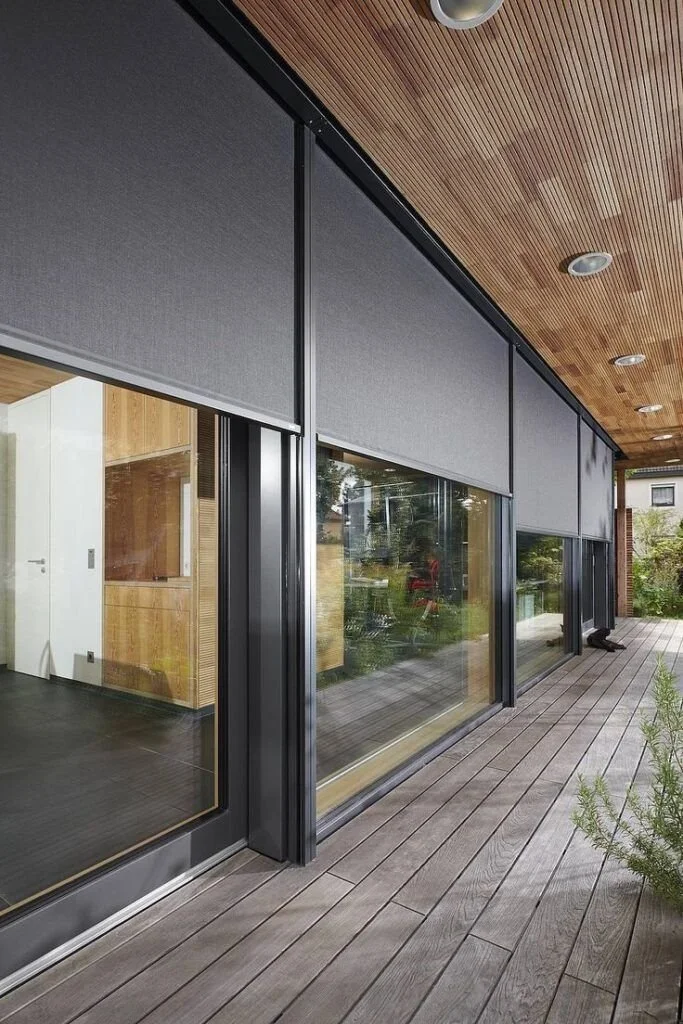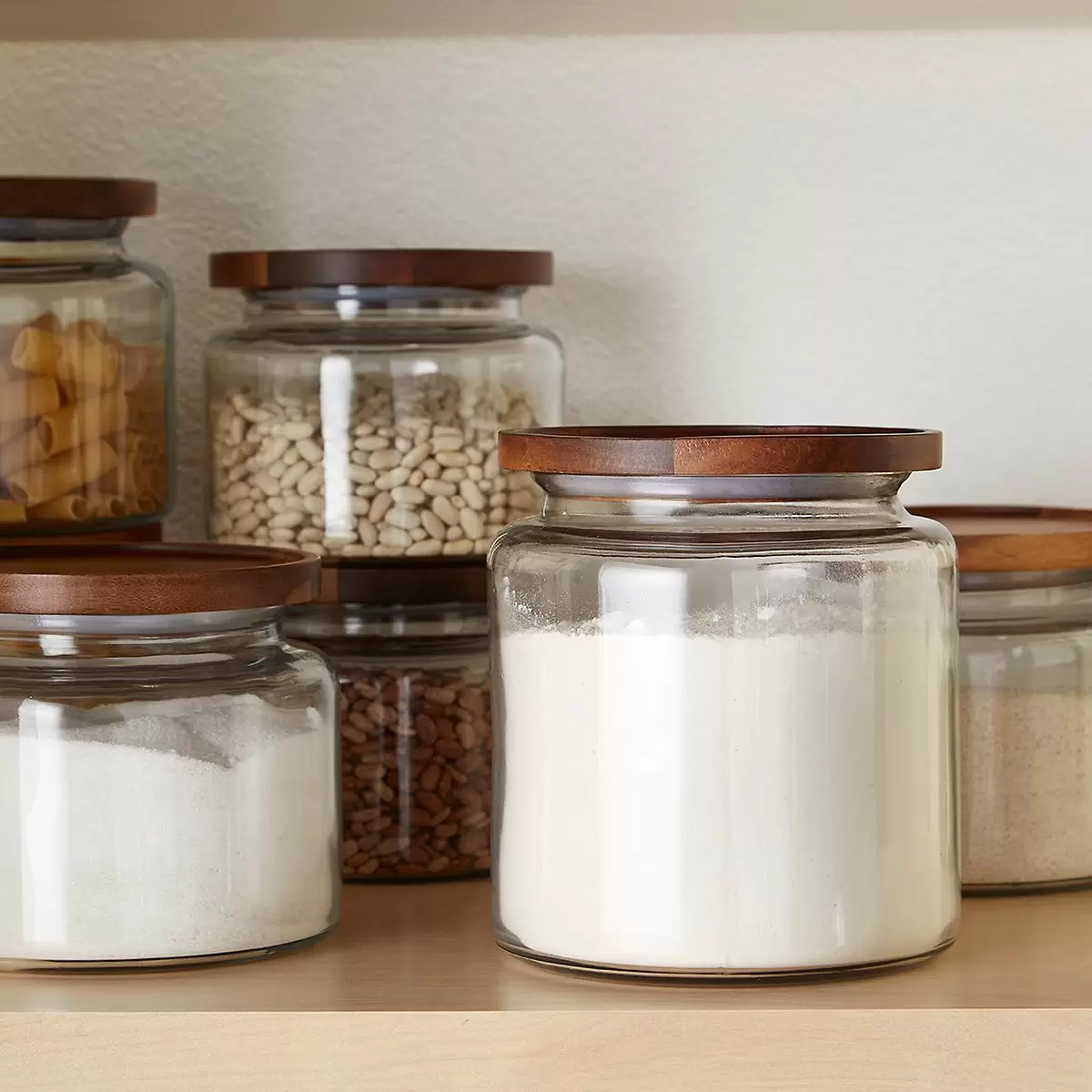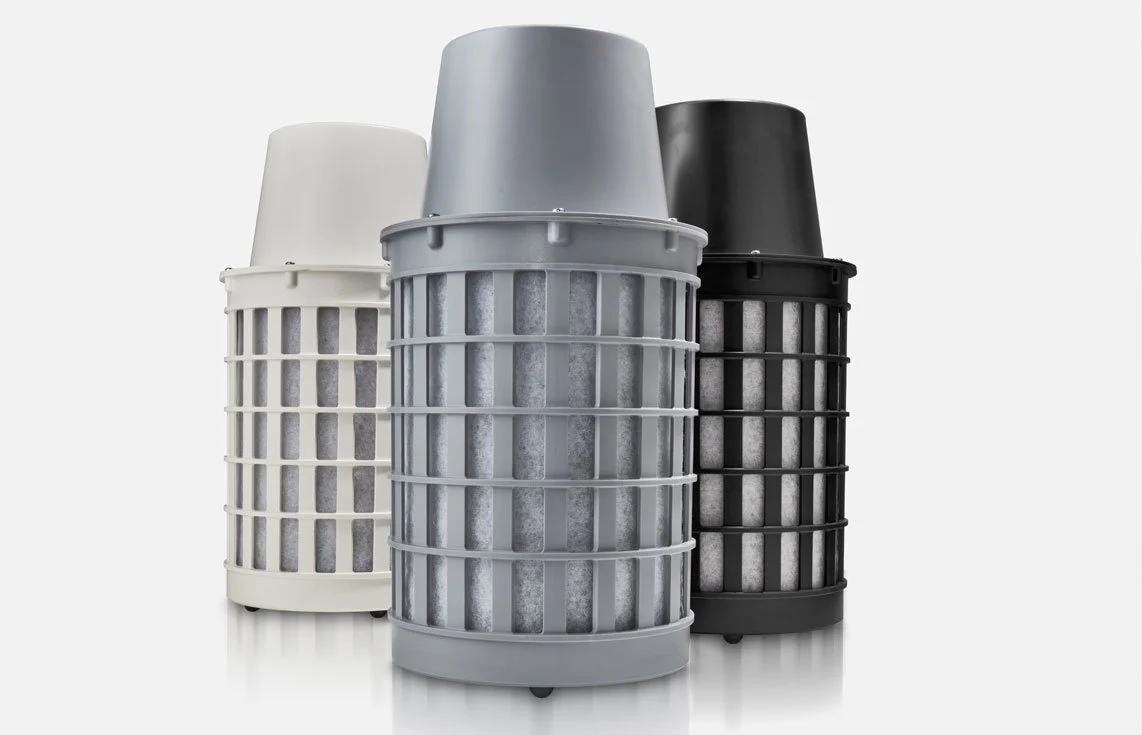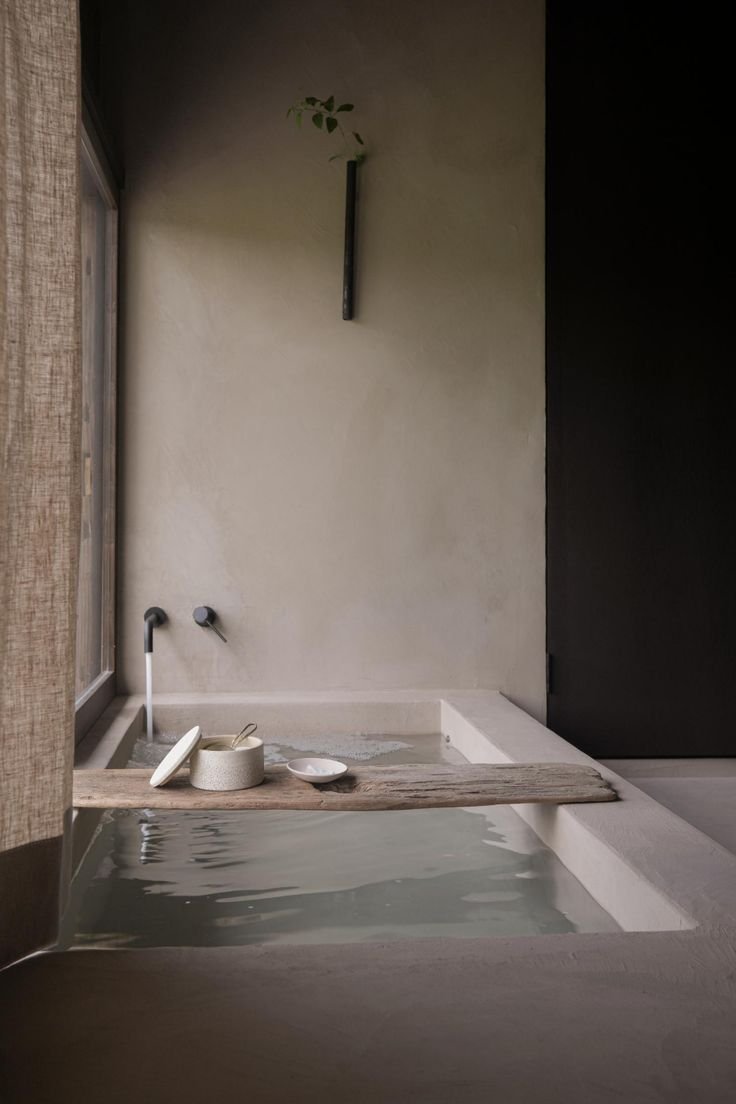Maintaining an attractive and functional outdoor space can be both rewarding and challenging. Outdoor improvement projects require creativity, skill, and time to ensure the area is visually appealing and practical for everyday use. While many homeowners attempt to tackle these tasks themselves, the process can quickly become overwhelming without the right expertise or tools.
Hiring expert landscapers offers a stress-free solution to transform outdoor areas. Professionals provide tailored designs, sustainable practices, and high-quality results that enhance the space's overall appeal and functionality.
Additionally, professionally done landscaping can significantly boost property value, making it a smart investment for homeowners. By choosing skilled experts, you can enjoy a beautiful, low-maintenance outdoor area without the time, effort, or guesswork of doing it yourself.
In this article, we explain why investing in professional landscaping is a smart choice for your property.
No. 1
Expertise in Landscape Design
Professional landscapers have the skills and experience to create designs tailored to your space. They know how to balance aesthetics and functionality, ensuring the outdoor area looks great while being practical for everyday use.
In addition to creating visually appealing designs, experts can address challenges like:
Uneven terrain.
Poor soil quality.
Their ability to identify and solve potential issues ensures the space is both beautiful and sustainable in the long term.
No. 2
Quality Services
When you hire professionals, you can expect high-quality results. Skilled landscapers focus on every detail, from plant selection to hardscaping features, ensuring the project is completed to your satisfaction.
For reliable and professional results, working with trusted companies is essential. Reputable providers have a proven track record of delivering top-notch services. Their expertise and customer-first approach make them a popular choice for outdoor improvement projects.
Visit bladerunneratx.com to learn more about how these experts can help you.
No. 3
Time-Saving Convenience
Creating and maintaining an outdoor area takes significant time, especially if you’re unfamiliar with the tasks involved. Professionals handle everything, from planning to execution, allowing you to focus on other priorities.
By delegating these tasks, you:
Save countless hours that can be spent with family or on other commitments.
Avoid the trial-and-error process often associated with DIY projects.
With experts taking care of the job, you can enjoy a stress-free experience.
Terrain
Indoor and outdoor living, garden, and entertaining essentials that are well-designed, lasting, and beautiful.
No. 4
Cost Efficiency in the Long Run
While hiring professionals may seem like a big investment upfront, it often saves money in the long term.
Experts:
Know which materials and methods work best, preventing costly mistakes.
Deliver well-executed projects that require less maintenance and fewer repairs.
Have access to high-quality materials at competitive prices.
This makes professional services a smart financial decision.
No. 5
Proper Equipment and Tools
Landscaping projects require specialized tools that can be expensive to purchase or rent. Professionals come equipped with all the necessary equipment, ensuring the job is done efficiently and to a high standard.
Benefits include:
No need to invest in or learn how to use complex machinery.
Guaranteed high-quality results for your outdoor space.
No. 6
Enhanced Curb Appeal and Property Value
A well-maintained outdoor area significantly enhances a property’s visual appeal.
Professional landscapers:
Design and maintain visually attractive and welcoming spaces.
Incorporate elements like pathways, flower beds, and lighting to create a stunning first impression.
Beyond aesthetics, an appealing outdoor area increases property value. Homes with well-designed landscapes often sell faster and at higher prices. Whether you’re planning to stay or sell, investing in expert services ensures your property stands out.
No. 7
Sustainable and Eco-Friendly Practices
Sustainability is increasingly important, and professional landscapers are well-versed in eco-friendly practices.
They can:
Incorporate native plants that require less water and maintenance.
Design systems that optimize natural resources, such as rainwater harvesting.
Use efficient irrigation systems and organic fertilizers to minimize environmental impact.
These practices save resources and create a healthy, thriving outdoor environment that benefits both the ecosystem and your wallet.
No. 8
Expertise in Plant Selection and Care
Choosing the right plants for your outdoor area can be challenging.
Professionals:
Understand which plants thrive in specific climates, soil conditions, and sunlight levels.
Recommend plants that look great year-round and are easy to maintain.
Provide ongoing care, including pruning, fertilizing, and pest control.
This ensures your garden remains vibrant and flourishing without the hassle of managing it yourself.
No. 9
Year-Round Maintenance
Outdoor spaces require consistent care to look their best throughout the seasons.
Professional landscapers offer year-round maintenance services, including:
Mowing.
Pruning.
Mulching.
Seasonal cleanups.
Regular maintenance prevents issues like overgrown plants, dead grass patches, or drainage problems. With experts managing the upkeep, you can relax knowing your outdoor space is in good hands.
No. 10
Personalized Designs Tailored to Your Vision
One of the greatest benefits of hiring professionals is their ability to create a design that reflects your personal style and preferences.
They take the time to understand your needs, whether it’s:
Creating a serene retreat.
Designing a lively entertainment space.
Professionals also consider factors like layout, climate, and maintenance requirements to ensure the design is both functional and practical. With their expertise, you can achieve a unique outdoor space that aligns with your vision and enhances your lifestyle.
No. 11
Stress-Free Process and Peace of Mind
Planning and executing outdoor improvement projects can be stressful, especially for those with little experience. Professionals handle every aspect, from initial design to final installation, ensuring a smooth and worry-free process.
By hiring experts, you:
Save time and effort.
Avoid guesswork.
Enjoy results that exceed expectations.
Takeaways
Hiring professionals for outdoor improvement projects offers numerous benefits, from saving time and money to enhancing property value and curb appeal. Experts use their knowledge, tools, and creativity to create functional, sustainable, and beautiful outdoor spaces.
Whether you’re looking for a complete redesign or regular maintenance, investing in professional services ensures long-lasting results. With the right team, you can create a space that enhances your lifestyle and boosts your property’s appeal.
Looking For Home Resources?
Looking to enhance your living space and create a sanctuary that supports your well-being? Explore our home partners who offer a wide range of resources to elevate your home environment.
































